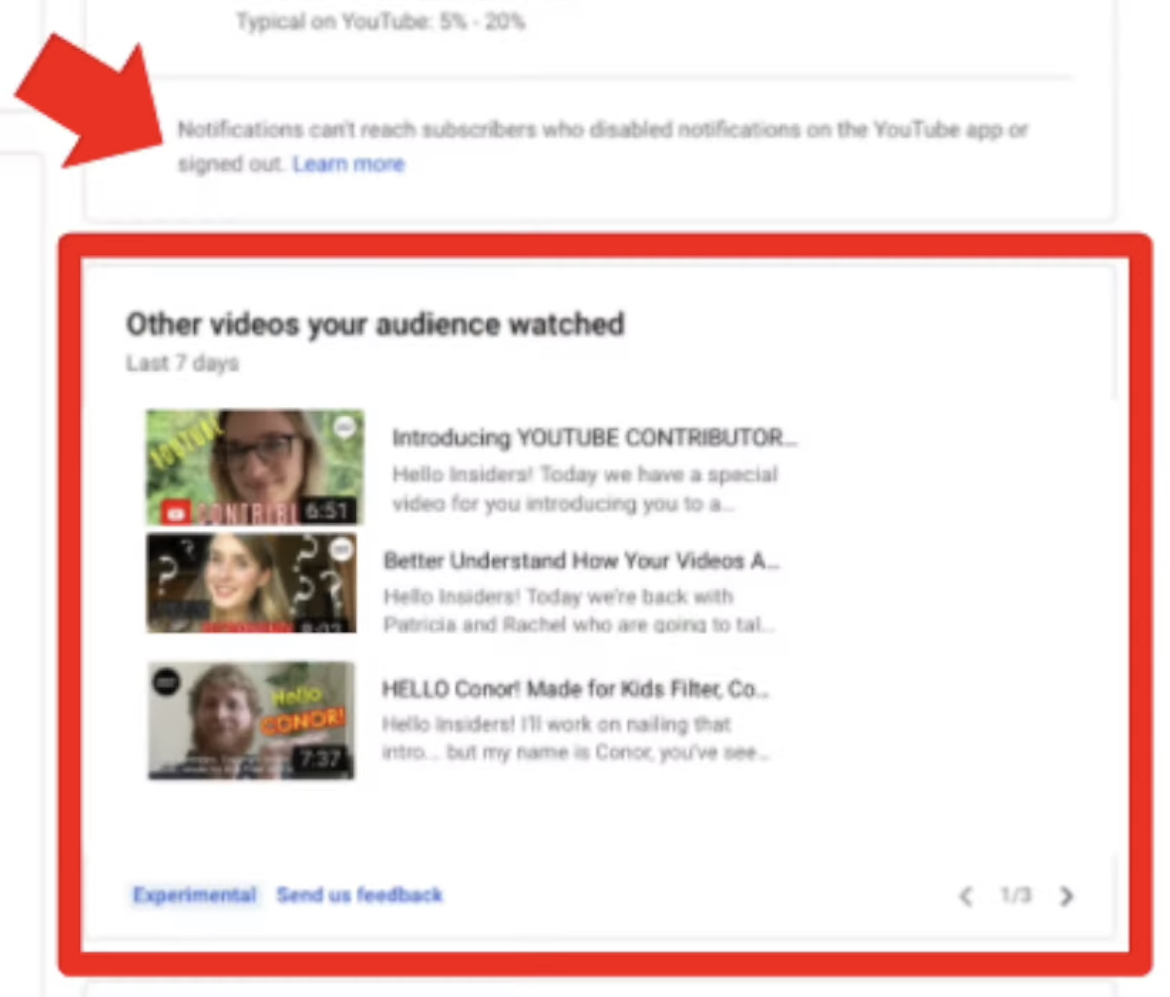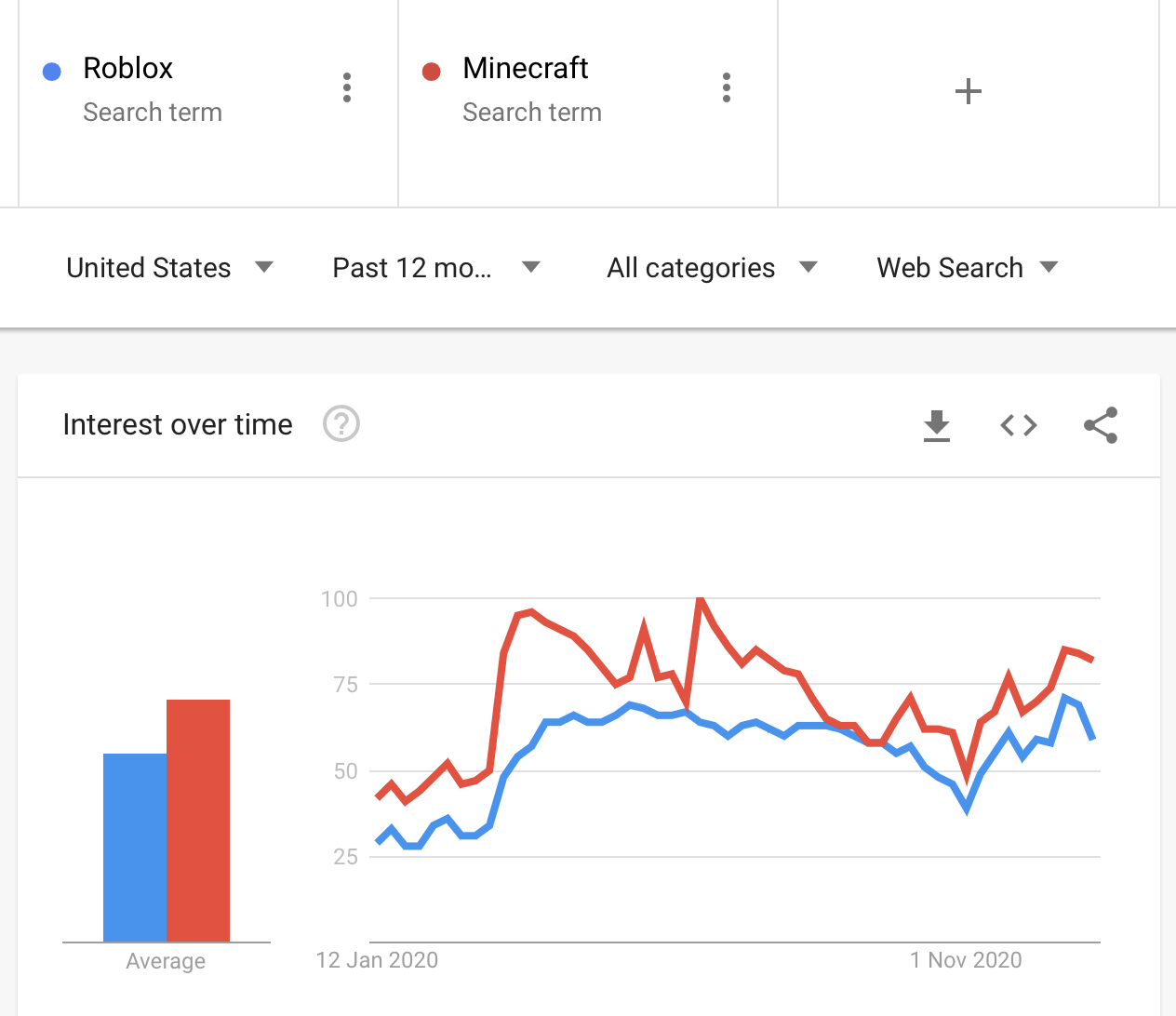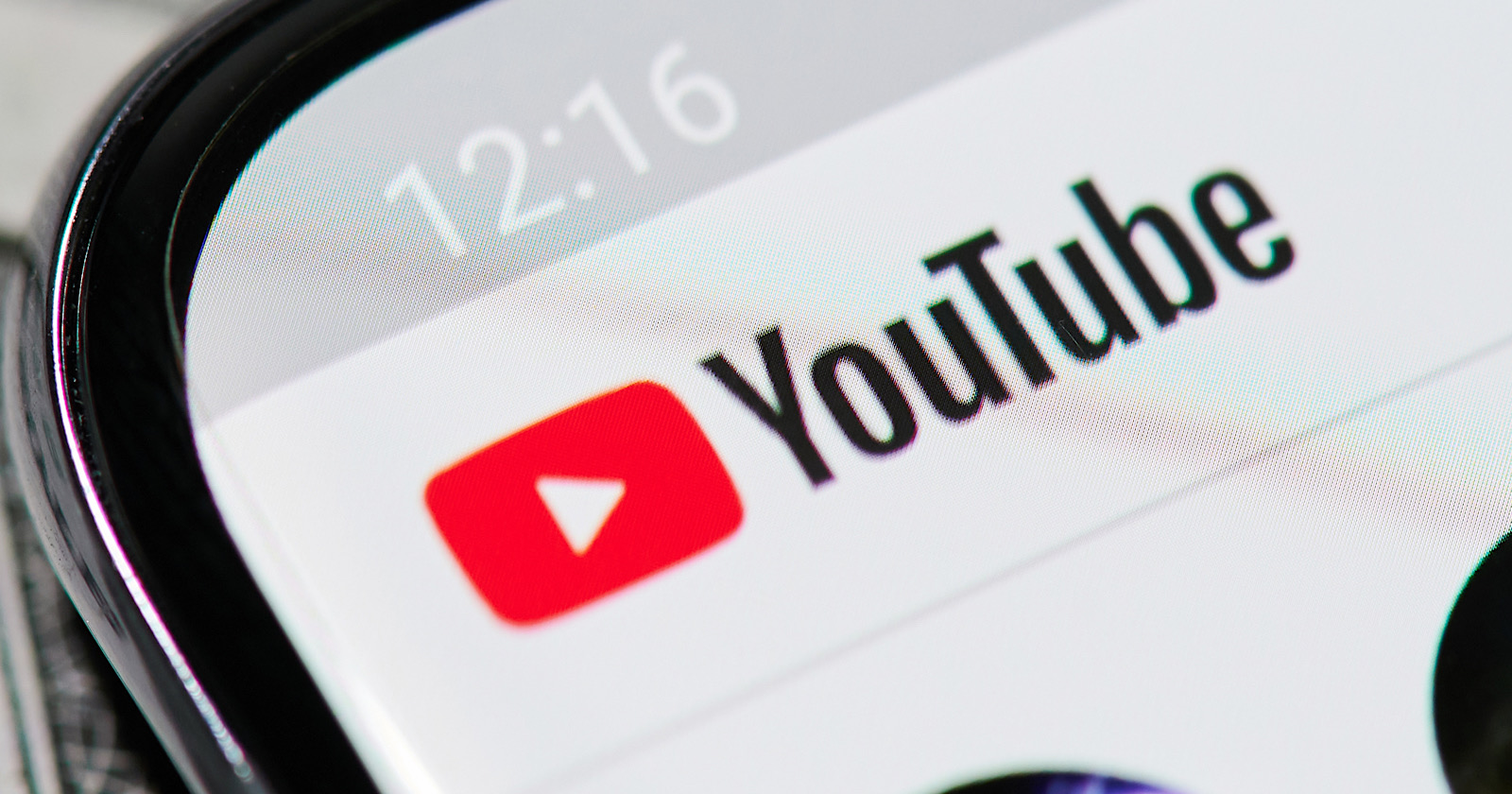YouTube offers advice on competitive keyword research for videos, and answers a number of other questions about its search and discovery algorithm.
In what has become a regular series on YouTube’s Creator Insider channel, a member of the search and discovery team fields questions from users in the first upload of the year.
One of those questions focuses on keyword research and how to gauge which video topics will resonate with users.
Here’s a recap of the questions and answers, starting first with the keyword research question.
YouTube Keyword Research
When researching which keywords to use in a video, what is a good way to gauge the likelihood that it will be surfaced in users’ recommendations?
YouTube recommends these three tactics for keyword research:
- Audience Insights
- Google Trends
- Competitive Analysis
Audience Insights
Within YouTube Analytics is an Audience Insights card that shows creators what other videos their audience is watching.

This can be a useful source for keyword research as you may discover new topics your viewers are interested in that you hadn’t considered before.
Creators should pay close attention to titles and thumbnails of videos surfaced in the Audience Insights card. Analyze the similarities as a way to guide the optimization of your next videos.
Google Trends
This one may be obvious to SEOs, but YouTube recommends Google Trends as a way to stay informed about which topics are popular right now.
With Google Trends you can enter multiple topics and compare their popularity over time to see which once is currently generating the most interest.
Let’s take two enormously popular topics on YouTube: Roblox and Minecraft. Which is more popular right now? Let’s take a look.

You can see how there was a time in September 2020 where the two topics were equally popular, but now the gap has widened and Minecraft is generating the most interest. It looks like Roblox is even declining in popularity.
If you have a few topics in mind and can’t decide which one should be the focus of your next video, Google Trends can help inform your decision.
Competitive Analysis
Another tactic SEOs are familiar with is competitive analysis. This involves entering keywords in YouTube’s search bar and seeing what you can learn from the most successful videos.
Analyze aspects such as titles, thumbnails, descriptions, intros, use of video chapters, ad placement, and so on.
Your goal is to determine not only what encourages users to click on the video, but what keeps them watching until the end.
Other Algorithm Questions
YouTube addresses several additional questions about its algorithm. Here’s a summary of everything else that’s discussed.
Upload Frequency
Is it better to publish videos regularly? Or is it acceptable to let large gaps of time elapse between video uploads?
Ideal upload frequency depends more on the viewers and how much content they’re willing to watch. There’s audiences who enjoy binge-watching content, and others who would prefer to watch a video every few days.
As it relates to YouTube’s discovery algorithm, there’s no single approach that’s going to work for all channels. The algorithm is designed to surface videos based on how users respond when they see those videos in their recommendations.
If you upload content on a regular basis, but those videos go unwatched by a majority of your audience, then that may impact how the algorithm surfaces your videos in the future.
YouTube recommends experimenting to see what works best for your specific audience. Then cater to their viewing habits based on what you learn.
Monetization
Is it true that monetized videos have a greater likelihood of being recommended over non-monetized videos?
YouTube’s search and recommendation system is not able to identify which videos are monetized and which ones aren’t. The advertising and discovery systems are separate from each other.
To answer the question – no, monetization has no impact on which videos are recommended to users. Channels can even turn off monetization temporarily without any impact to video performance.
Taking Breaks From Uploading
Is it okay for video creators to take breaks from uploading videos? Will a channel get hurt algorithmically if there’s an extended length of time between new content being published?
It’s perfectly fine for creators to take breaks. YouTube actively encourages it and cites data to back this up.
YouTube analyzed 40,000 upload breaks that lasted between 8 and 60 days. It found there’s no correlation between upload breaks and a consistent loss of viewership.
Many channels even received higher viewership after taking a break. YouTube’s study found 25% of channels that took a break grew their viewership by 50% after they returned.
There’s no algorithmic penalty for taking a break, and data suggests the longer the break the more positive the change in views. Creators should not feel pressured to upload daily or weekly.
If you’re trying to find an ideal time to take a break, YouTube notes that many creators take breaks in January because that’s when advertising budgets tend to run dry.
For more, see the full video below:





